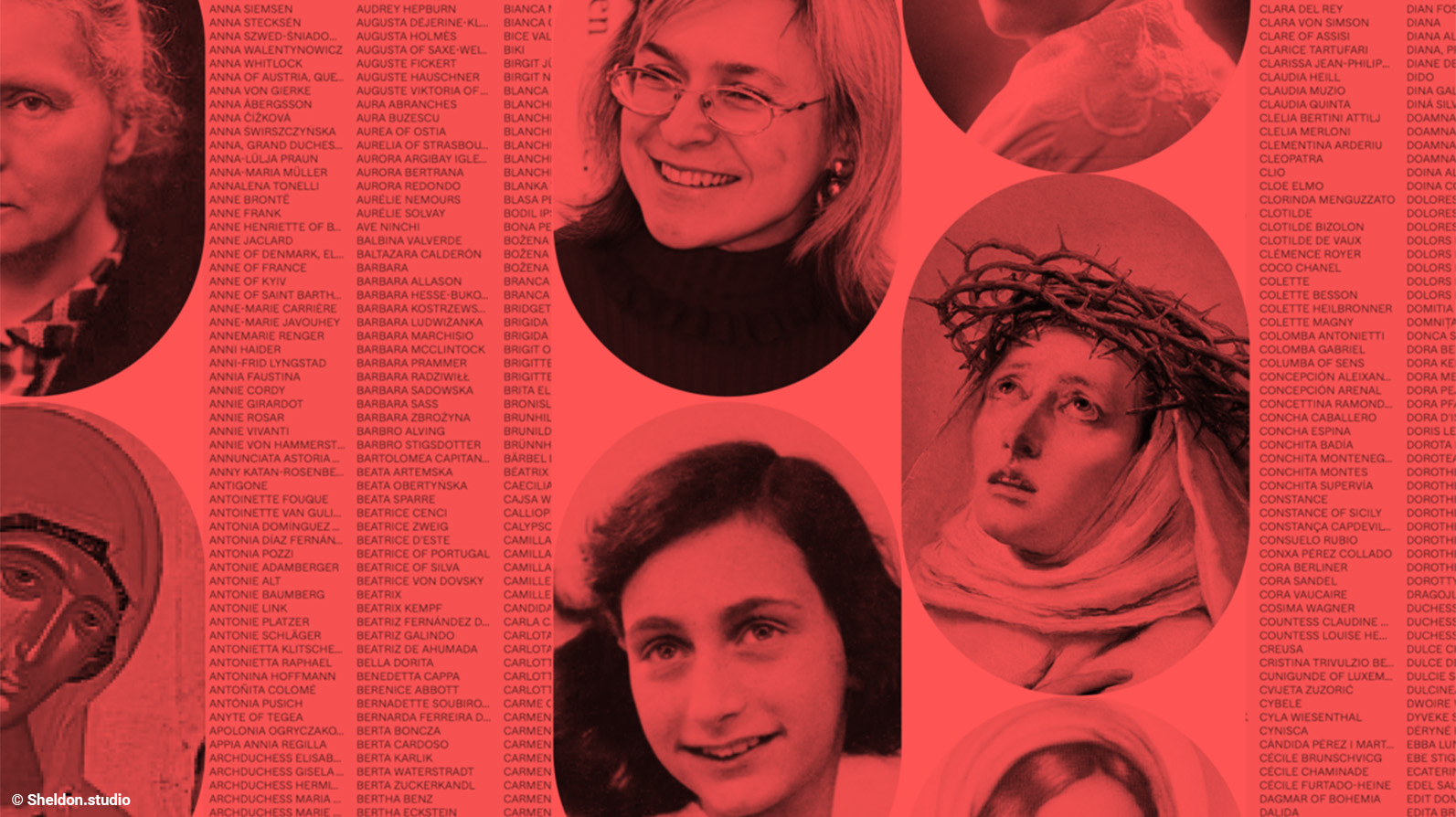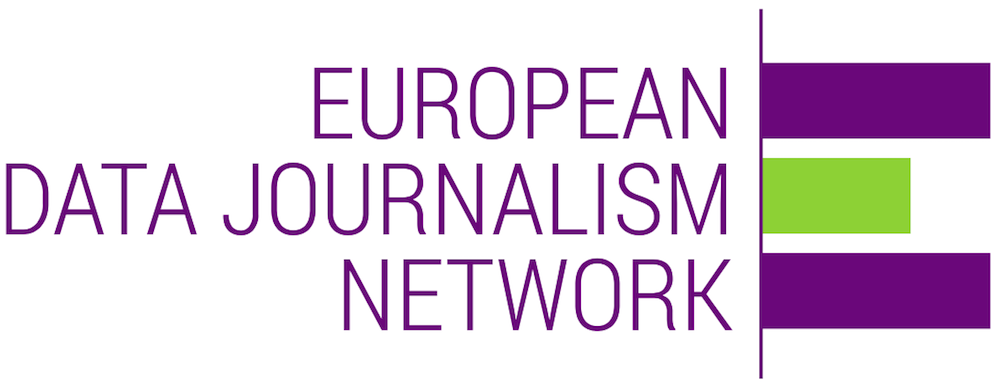In 30 of Europe’s biggest cities, streets named after women make up only 9 per cent of the streets dedicated to individuals. The imbalance has started to narrow in some places, but progress is too slow: at this rate, it would take centuries to really close the gap.
Whether it is a major road on the outskirts of a metropolis or a tiny city-centre alleyway, in the north of Scandinavia or in the Mediterranean, in Europe’s westernmost city or in struggling Kiev, streets across Europe have at least one thing in common: they honour men far more often than women.
Working with other members of the European Data Journalism Network, we examined 145,933 streets in 30 major European cities in 17 different EU member states or candidate countries. On average, 91 percent of streets named after individuals are called after men. In the city with the smallest gender gap – Stockholm – streets named after men still account for more than 80 per cent.

There is some variability between cities. Firstly, in some regions of Europe, particularly Northern and Central-Eastern Europe, it is relatively uncommon to dedicate streets to individuals. Besides Stockholm, the top cities for female street names are Spanish ones and Copenhagen, although the data for Spain is inflated by the large number of streets named after the various titles of the Virgin Mary (211 streets in just three cities). Conversely, in Athens, Prague and Debrecen, less than 5 percent of streets named after people are named after women.
This is an abstract republished. Read the full original article by Lorenzo Ferrari and Alice Corona, entitled “The gender gap in Europe’s street names is here to stay”, which was initially published on OBC Transeuropa and EDJNet on March 6, 2023.
Visit the web application of the Mapping Diversity project, coordinated by OBC Transeuropa for the European Data Journalism Network (EDJNet), to discover further analysis on the diversity of European street names.
MappingDiversity.eu is a project coordinated by OBC Transeuropa for the EDJNet, first published in March 2023. The web application is designed and developed by Sheldon.studio. Eight journalism organizations-members of the EDJNet contributed to the project, including iMEdD: OBC Transeuropa, BiQdata/Gazeta Wyborcza, Denik Referendum, Divergente, El Orden Mundial, EUrologus/HVG, iMEdD, Voxeurop.



